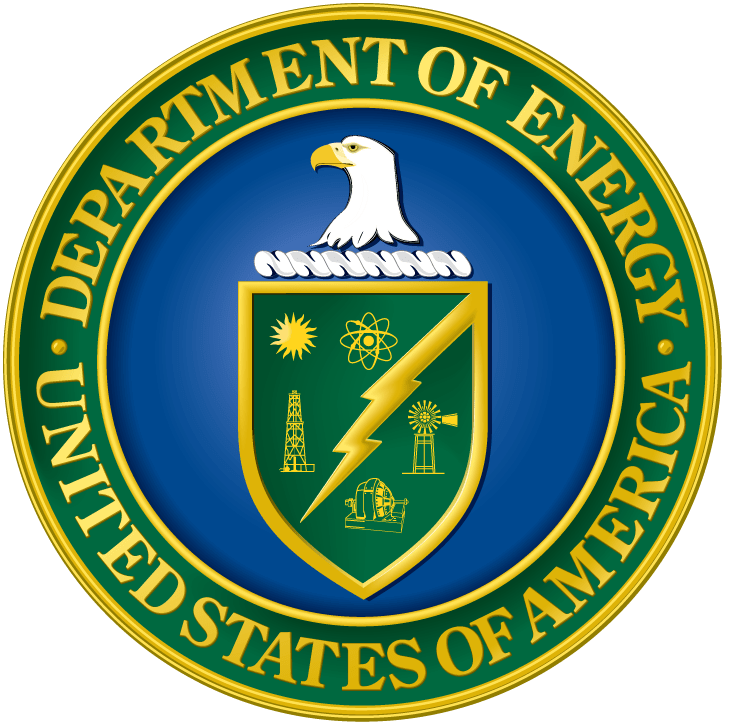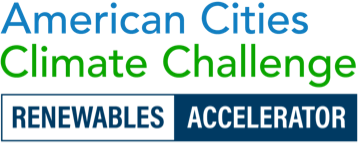Weatherization Assistance Program (WAP)
Federal Agency

Sub-Department
Office of Energy Efficiency & Renewable Energy (EERE)
Purpose
To reduce energy costs for low-income households by increasing the energy efficiency of the homes while ensuring the resident’s health and safety. It is the nation’s single largest residential whole-house energy efficiency program. The reauthorization provides funding through FY 2025 and expands to include renewable energy services and technologies as part of eligible technologies.
Applicant and/or Project Eligibility Requirements
WAP provides core program funding to all 50 states, the District of Columbia, Native American Tribes, and the five U.S. territories—American Samoa, Guam, Northern Mariana Islands, Puerto Rico, and the Virgin Islands—through formula grants. Once DOE awards the grants, the states, tribes, and territories contract with roughly 700 local organizations nationwide that consists of community action agencies, other nonprofits, and local governments.
Decarbonization Considerations
This is a reauthorization of the WAP program that increases funding under the existing block grant program, expands the eligible technology list to include renewable energy technologies, and provides separate competitive grants for WAP program enhancement and innovation. Decarbonization strategies may include weatherization of units occupied by low-income households; installation of renewable energy at units occupied by low-income households; and workforce training for WAP contractors.
Equity Considerations
Policymakers may consider this time to review their existing WAP programs from an equity lens. This includes in procedural processes and program design, distributional impacts and outreach to households and communities, and in contractor selection. Contractor optimization and expanded training and workforce development opportunities is a source of focus for program enhancement within the bill. This includes language prioritizing the hiring and retention of employees who are from the community in which the assistance is being provided, and from communities or groups that are underrepresented in the home energy performance workforce, including religious and ethnic minorities, women, veterans, individuals with disabilities, and individuals who are socioeconomically disadvantaged.
Helpful Tips
N/A
Other Notes
Check the FY24 grantee allocations here: https://www.energy.gov/sites/default/files/2024-04/wap-wpn-24-2_041024.pdf
